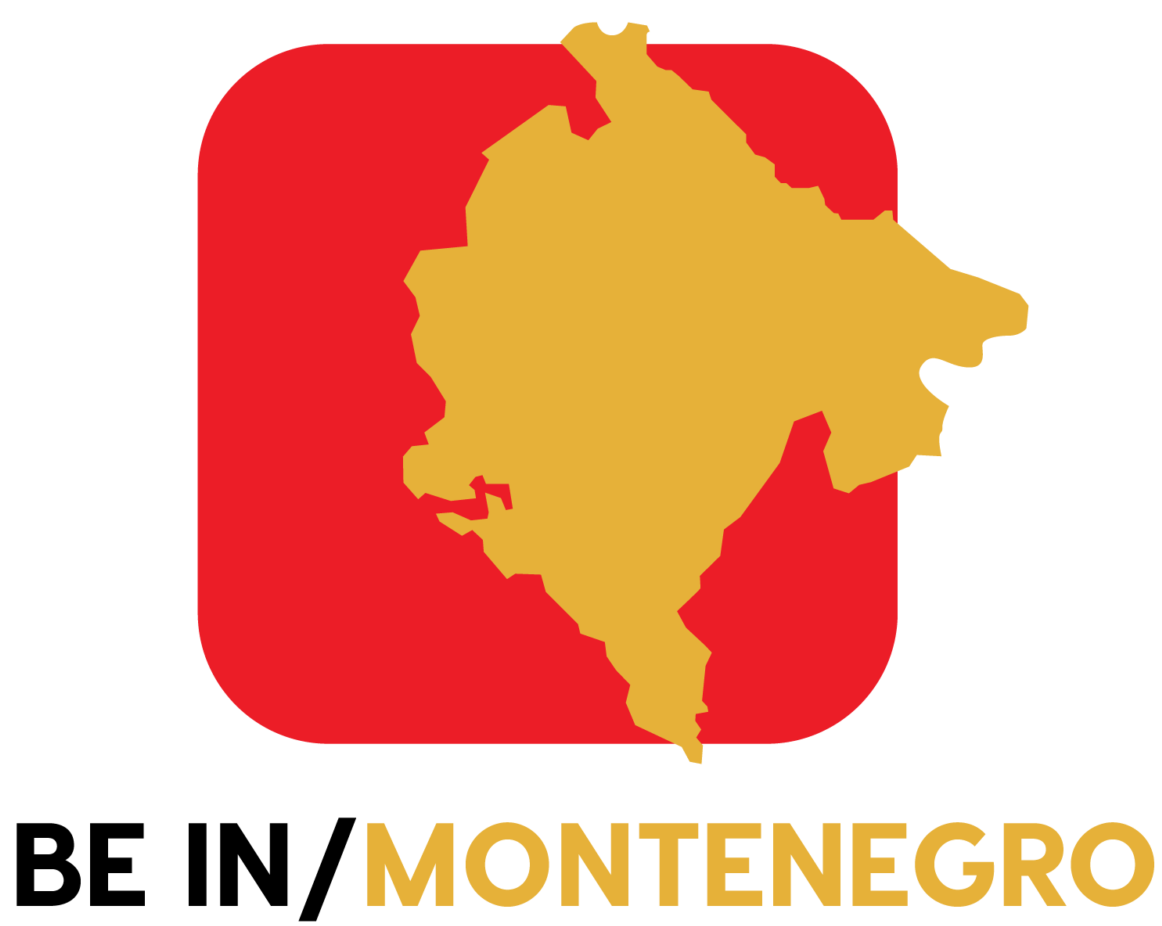Historic Places And Monuments

Historic Places and Monuments in Montenegro
Montenegro is a land rich in history, where ancient fortresses, royal palaces, and centuries-old churches tell the story of a proud and resilient nation. From the UNESCO-listed old towns of Kotor and Perast to the majestic Ostrog Monastery carved into a cliff, the country offers a fascinating journey through time. Whether you’re exploring medieval stone walls, Roman ruins, or iconic monuments, Montenegro’s historic sites offer a unique glimpse into its cultural and architectural legacy.
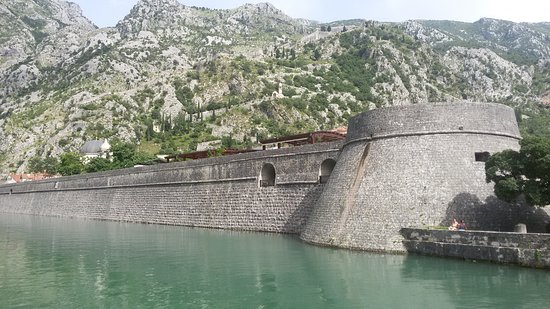
The Kampana Tower in Kotor, Montenegro, is a stunning example of centuries-old military architecture shaped by Byzantine and Venetian influences. Part of the city’s ancient fortification system, this historic tower offers breathtaking panoramic views over the Bay of Kotor and the Old Town. Visitors can explore its stone walls, learn about its strategic importance, and immerse themselves in the rich history of one of Montenegro’s most iconic landmarks.
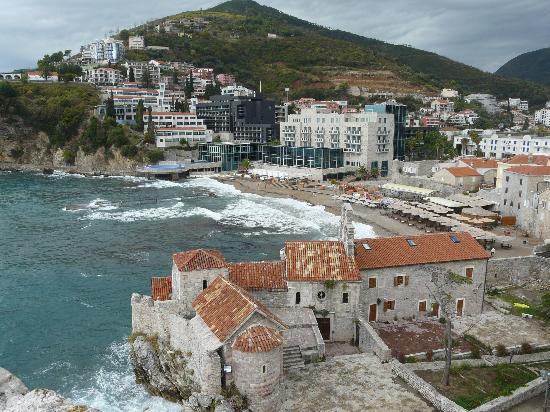
The Budva Citadel, located in the heart of Budva’s Old Town, is one of the most important historical landmarks in Montenegro. This well-preserved fortress dates back to the medieval era and reflects the influence of various empires, including the Venetians. Inside, visitors can explore stone walls, ancient corridors, and a small maritime museum, all while enjoying panoramic views of the Adriatic Sea and Budva’s red-roofed townscape. The Citadel is a must-visit site for anyone interested in Montenegro’s coastal history and architecture.
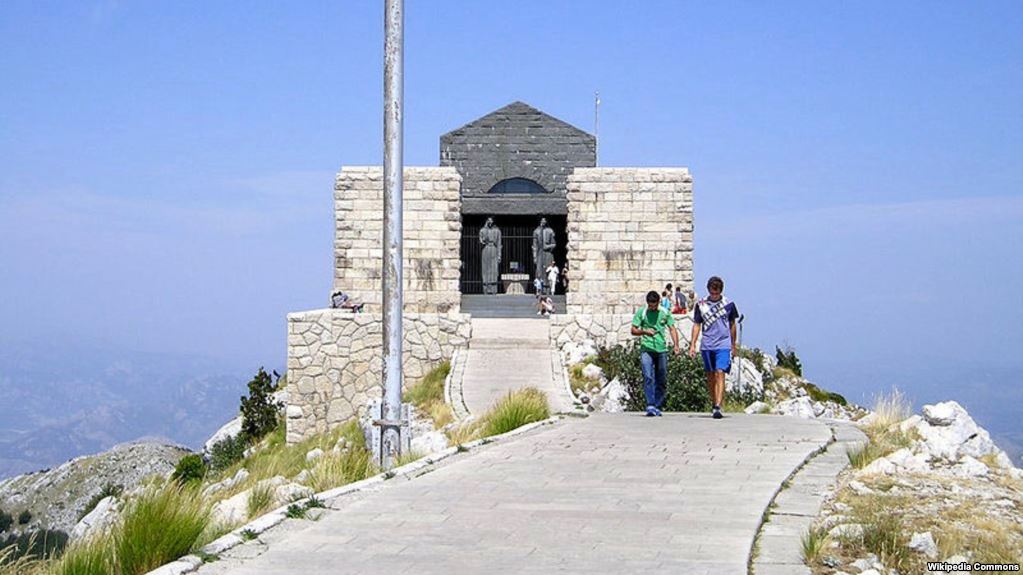
Mausoleum of Petar II Petrović-Njegoš
The Mausoleum of Petar II Petrović-Njegoš, perched atop Mount Lovćen, is one of the most iconic monuments in Montenegro. Dedicated to the country’s revered prince-bishop, poet, and philosopher, the mausoleum honors Petar II Petrović-Njegoš, a national hero known for his literary and political legacy. Built at an altitude of over 1,600 meters, it offers awe-inspiring views of the Montenegrin landscape. A visit here is both a cultural and spiritual journey through Montenegro’s history and identity.
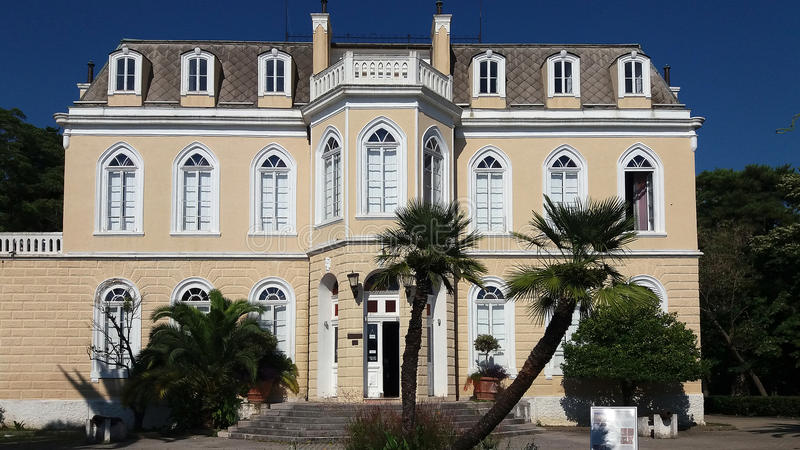 King Nikola’s Palace, Bar
King Nikola’s Palace, Bar
King Nikola’s Palace in Bar was the official residence of the Montenegrin royal family until 1926. After its transformation into a museum, the palace now offers visitors an insightful look into the lives of Montenegro’s royal families. With its opulent rooms and rich history, the palace showcases the story of the monarchy’s role in shaping the nation. A visit to King Nikola’s Palace is highly recommended for those wanting to explore Montenegro’s royal heritage and the legacy of King Nikola I.
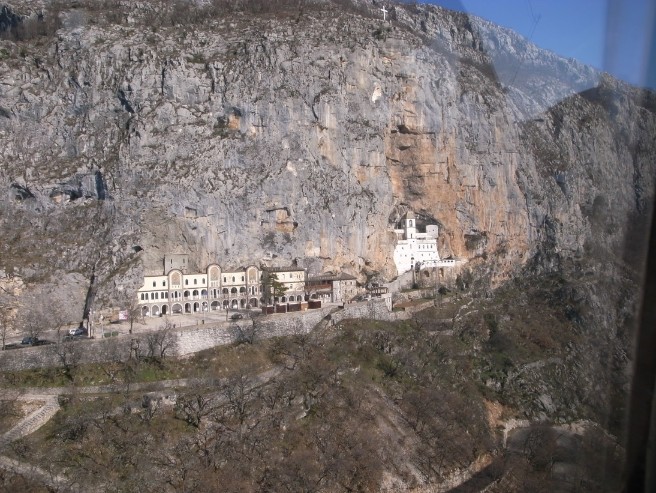 The Ostrog Monastery
The Ostrog Monastery
The Ostrog Monastery, one of the most visited tourist attractions in Montenegro, is dedicated to Saint Basil of Ostrog and is a significant spiritual site. Located high in the cliffs of Mount Ostrog, the monastery offers a breathtaking combination of natural beauty and remarkable architecture. Visitors can walk the ancient paths once traveled by monks, explore the monastery’s chambers, and admire both its exterior and interior design. A visit to Ostrog is an unforgettable experience, combining historical, architectural, and religious significance.
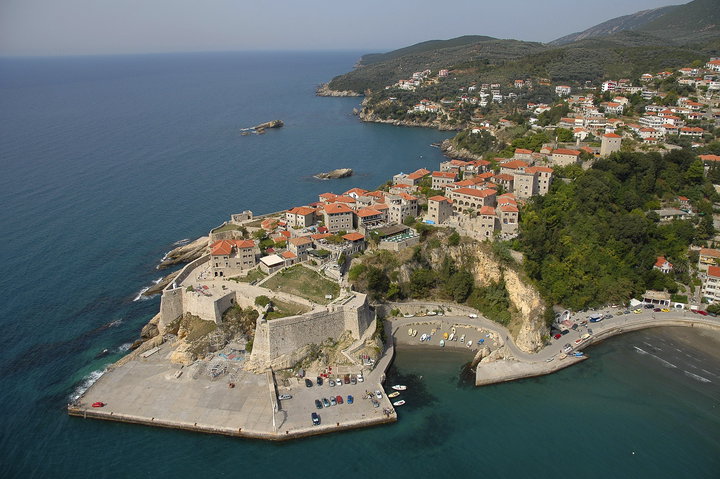
Ulcinj Castle
Ulcinj Castle, located in the historic town of Ulcinj, is a must-see landmark for visitors seeking a blend of history and stunning views. With a rich historical background, Ulcinj attracts thousands of tourists each year who come to enjoy its beautiful beaches, vibrant festivals, unique cuisine, and charming restaurants. The castle itself stands as a testament to the town’s long and diverse past, offering panoramic views of the Adriatic Sea and the surrounding area. A visit to Ulcinj Castle is an essential part of exploring this fascinating coastal city.
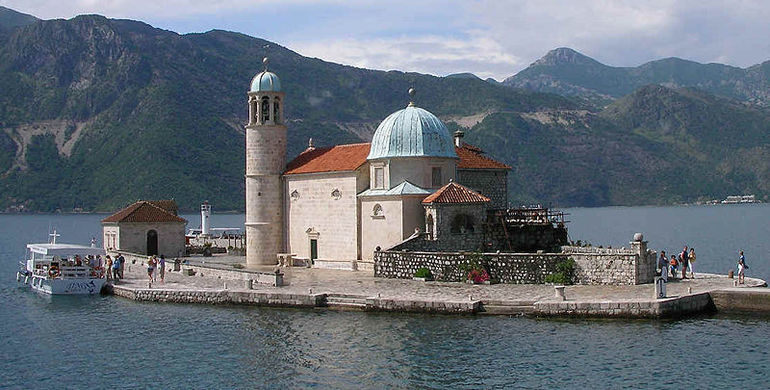 Our Lady of the Rocks
Our Lady of the Rocks
Our Lady of the Rocks is a unique man-made island located in the heart of Kotor Bay, Montenegro. Built by local fishermen who placed a rock in the bay for each successful voyage, this small islet is a testament to the region’s maritime heritage. Today, visitors can explore the church on the island, which is accessible only by boat, and discover the fascinating history behind this extraordinary site. Known for its stunning views and rich tradition, Our Lady of the Rocks offers an unforgettable experience steeped in both natural and cultural beauty.
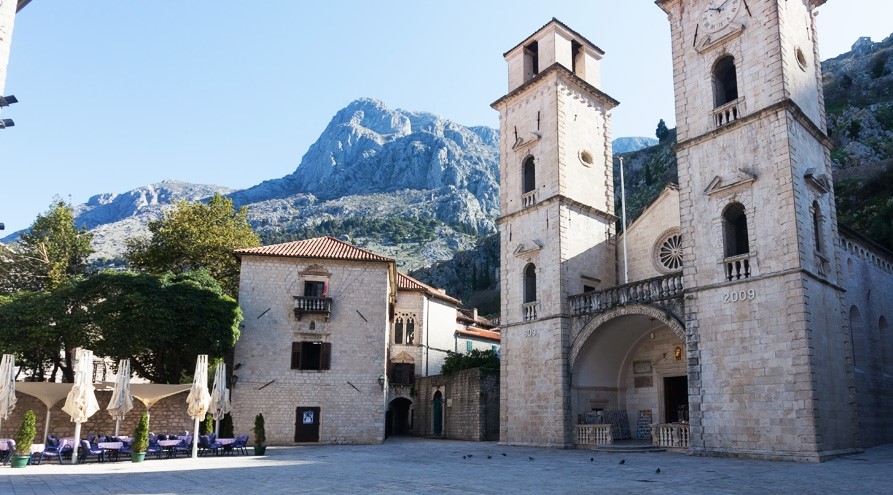
The Cathedral of Saint Tryphon
The Cathedral of Saint Tryphon in Kotor is one of Montenegro’s most iconic religious landmarks. This Roman Catholic cathedral, located within the ancient walls of the Old Town of Kotor, serves as the seat of the Catholic Bishopric of Kotor, which oversees the entire Bay of Kotor region. The cathedral’s stunning Romanesque architecture, set against the backdrop of Kotor’s mountainous landscape, makes it a must-visit for those interested in both religious history and cultural heritage. Currently led by Bishop Monsignor Ilija Janjić, the cathedral is a significant place of worship and an architectural gem.
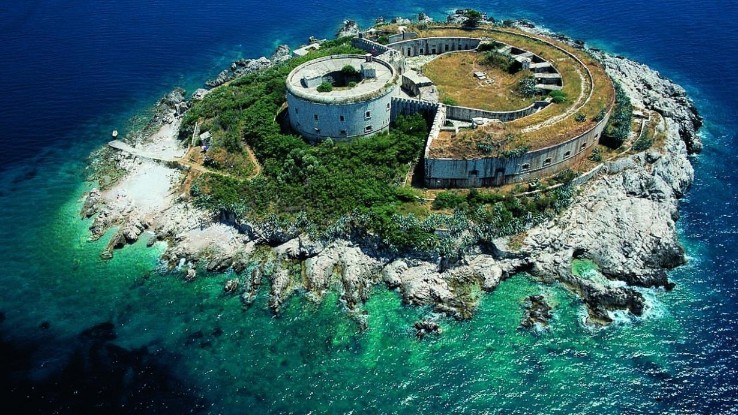 Mamula Fortress
Mamula Fortress
Mamula Fortress, located on the small island of Lastavica in the Bay of Kotor, is a historic site with a dark and intriguing past. Originally built to protect the region from invading forces, this fortress later became a symbol of resistance during World War II against fascist armies. Today, Mamula Fortress is accessible only by boat, offering visitors a chance to explore its haunting history and breathtaking coastal views. Once a site of oppression, it now stands as a testament to the resilience and survival of Montenegro’s people throughout turbulent times.
If you want to know more about historic places and monuments in other Balkan countries, click here: www.beinbalkan.com
